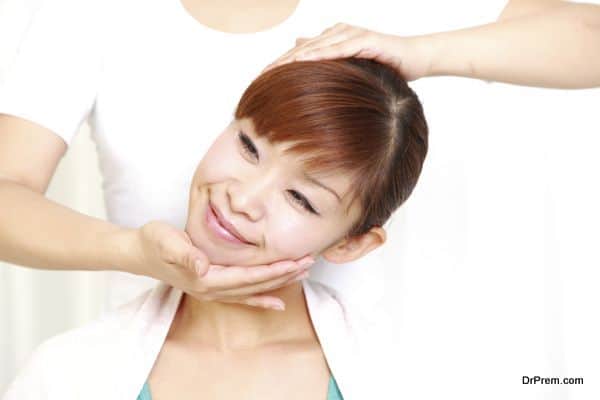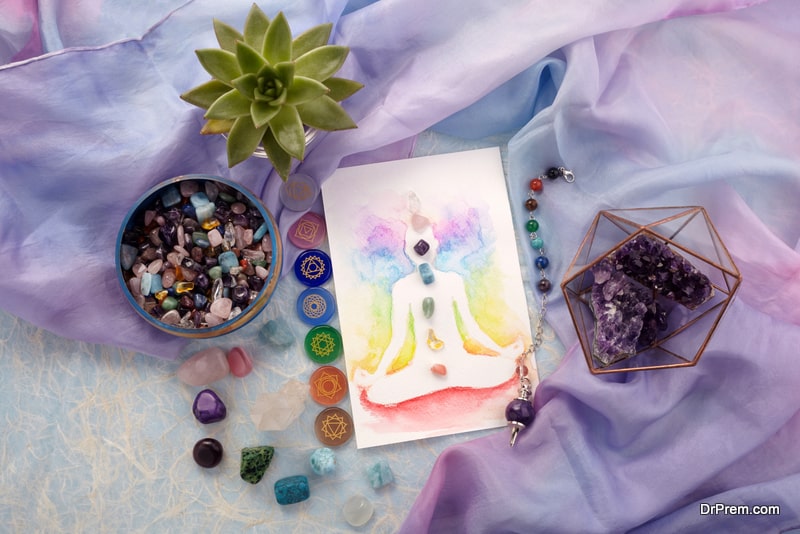Natural hot springs are highly popular across Japan and every region of the country has its share of hot springs and resort towns. Hot springs bubbled up everywhere in Japan and for hundreds of years Japanese people have enjoyed them mainly for health benefits and socializing. Bathing at hot springs is a great way to enjoy Japan.
There are many types of hot springs, distinguished by the minerals dissolved in the water. Different minerals provide various health benefits and all hot springs have a relaxing effect on your body and mind. It comes in various varieties, indoors and outdoors, gender separated and mixed, developed and undeveloped.
The benefits of hot springs bathing are that they warm the body and impart physical and mental relaxation. Bathing in the water is just activates the temperature of various parts and systems of the body, stimulate circulation and speed up the metabolism. As many hot springs or onsen contain dissolved minerals, which help to heal illness or injuries.
Japan’s onsen are often found in natural settings, among mountains, along the seashore or in narrow valleys that ads appeal to the bathing experience. The belief in the curative powers of mineral waters goes back to prehistoric times and such practices have been popular worldwide, but are especially widespread in Japan.
The idea of a spa treatment specifically created to ease tired bodies, as different from simple use of hot water, is what underlies the growth of the contemporary health and wellness concept. Onsen were used traditionally as public bathing places and today play a central role in directing Japanese domestic tourism.
It is believed that the onsen water have healing powers derived from its mineral content. A particular onsen may feature many different baths, each with water with a special mineral composition.
The outdoor bathtubs are most often made from Japanese cypress, marble or granite, as indoor tubes may be made with tile, acrylic glass or stainless steel. Different onsen also brag about their different waters or mineral composition. Traditionally, men and women bathed together at the onsen and sento but gender separation has been enforced since the opening of Japan to the west during the Meiji Restoration.
Summary
People of Japan believes that the water have many curative and relaxing effects, which helps in killing the harmful germs and viruses. In addition to this, thermal bathing increases hydrostatic pressure on the body, thus increases blood circulation and cell oxygenation.










